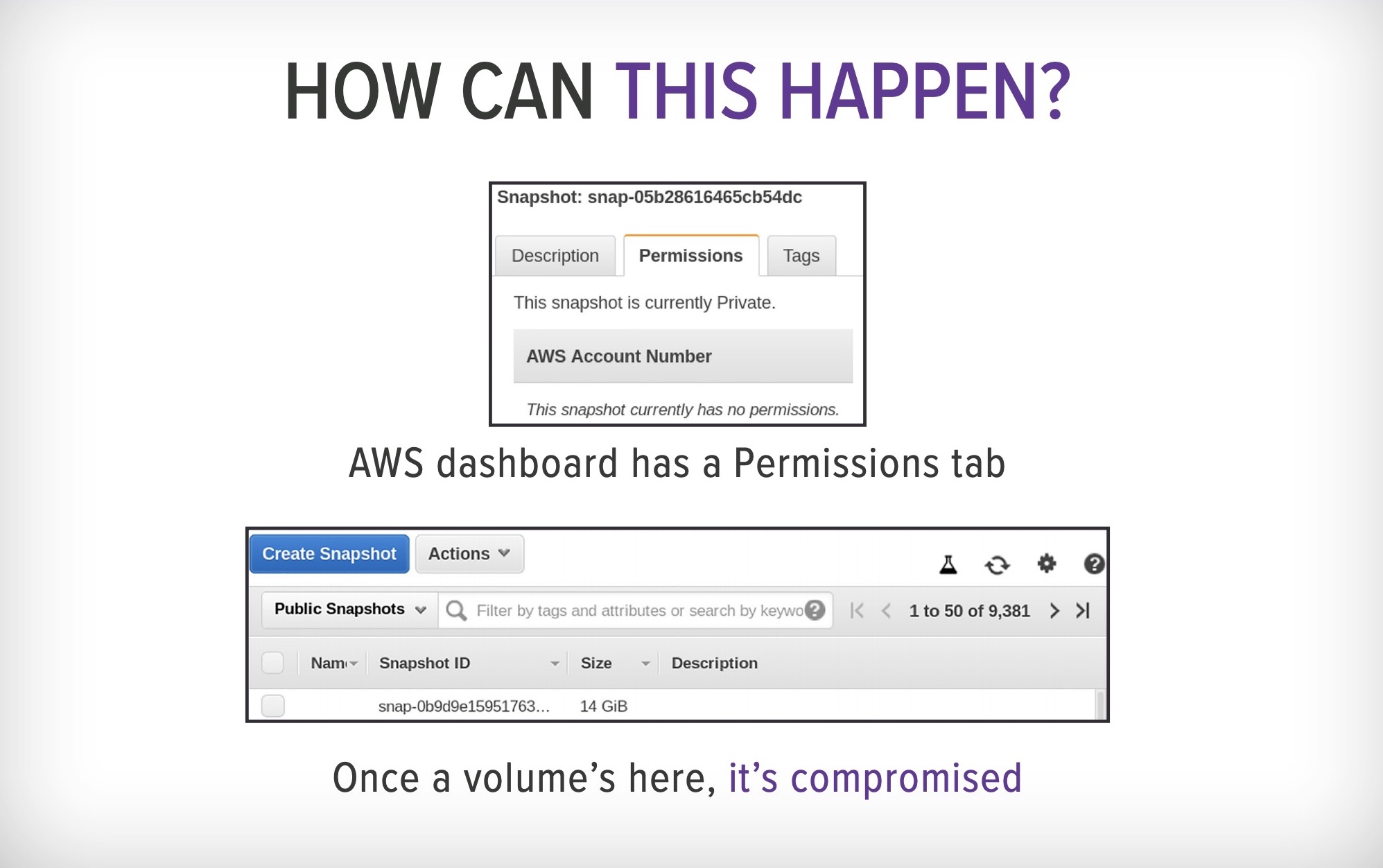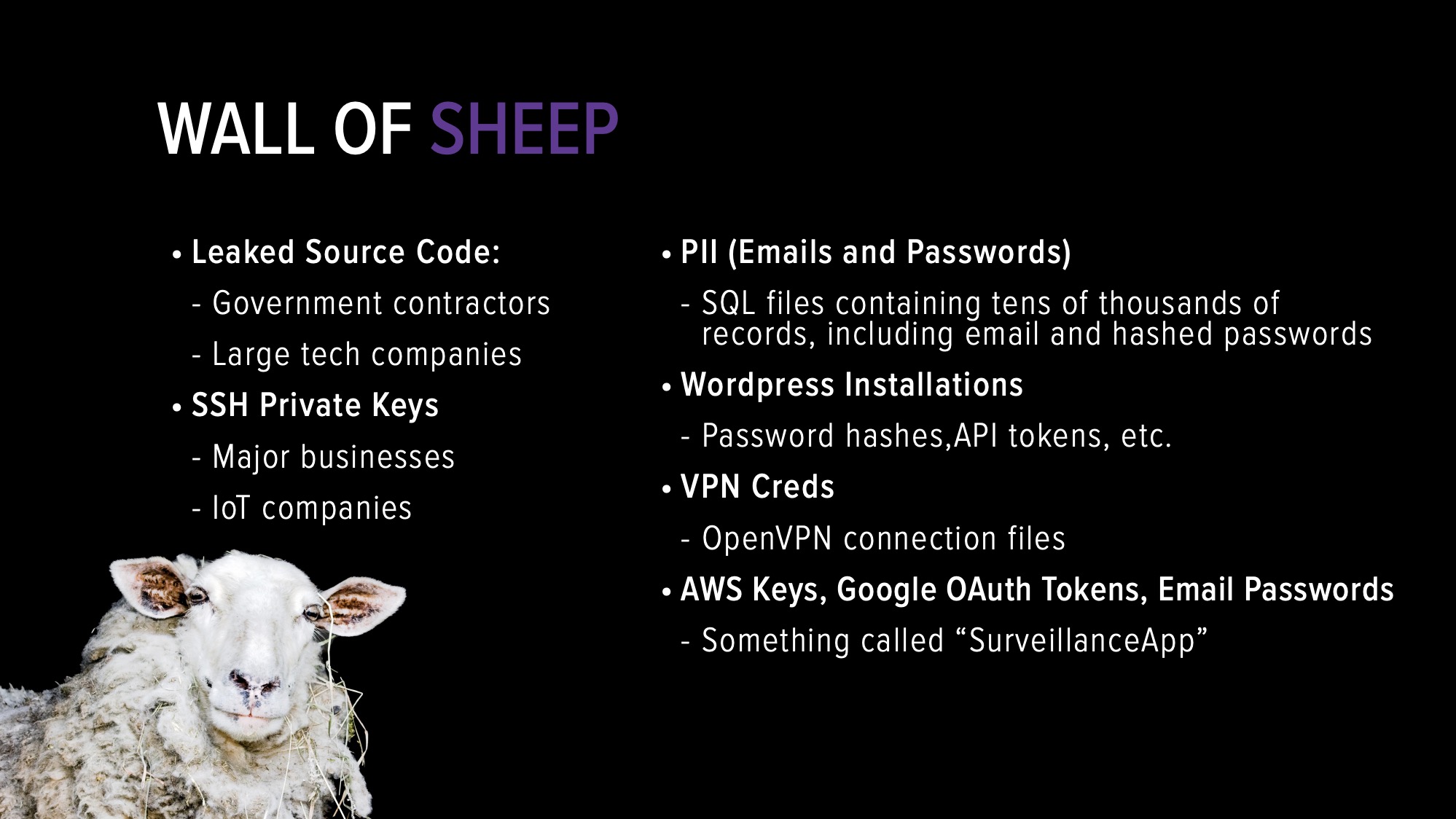Following many months of pressure, DoorDash, one of the most frequently used food delivery apps in the U.S., said late last month that it was finally changing its tipping policy to pass 100% of tips along to workers, rather than employ some of that money toward defraying its own costs.
The move was a step in the right direction, but as a New York Times piece recently underscored, there are many remaining challenges for food delivery couriers, including not knowing where a delivery is going until a worker picks it up (Uber Eats), having just seconds to decide whether or not to accept an order (Postmates), and not being guaranteed a minimum wage (Deliveroo), not to mention the threat of delivery robots taking their jobs.
It’s a big enough problem that a young, nine-person startup called Dumpling has decided to tackle it directly. Its big idea: turn today’s delivery workers into “solopreneurs” who build their own book of clients and keep much more of the money changing hands.
It newly has $3 million in backing from two venture firms that know the gig economy well, too: Floodgate, an early investor in Lyft (firm cofounder Ann Miura-Ko is on Lyft’s board), and Fuel Capital, where TaskRabbit founder Leah Busque is now a general partner.
We talked with Dumpling’s cofounders and co-CEOs earlier this week to learn more about the company and how viable it might be. Nate D’Anna spent eight years as a director of corporate development at Cisco; Joel Shapiro spent more than 13 years with National Instruments, where he held a variety of roles, including as a marketing director focused on emerging markets.
National Instruments, based in Austin, is also where Shapiro and D’Anna first met back in 2002. Our chat, edited lightly for length, follows:
TC: You started working together out of college. What prompted you to come together to start Dumpling?
JS: We’d stayed good friends as we’d done different things with our careers, but we were both seeing rising inequality happening at companies and within their workforces, and we were both interested in using our [respective] background and experiences to try and make a difference.
ND: When we were first started, Dumpling wasn’t a platform for people to start their own business. It was a place for people to voice opinions — kind of like a Glassdoor for workers with hourly jobs, including in retail. What jumped out at us was how many gig workers began using the platform to talk about the horrible ways they were being treated, not having a traditional boss and not being protected by traditional policies.
TC: At what point did you think you were onto a separate opportunity?
ND: We knew that a mission-driven company that’s trying to do good by people who’ve been exploited by Silicon Valley companies has to be profitable. I was an investor at Cisco, and I was very clear that the money side has to work. So we started talking with gig workers and we asked, ‘Why are you working for a terrible company where you’re getting injured, where you’re getting penalized for not taking the next job?’ And the response was money. It was, “I need to be able to buy these groceries and I don’t want to put them on my own credit card.” That was an epiphany for us. If the biggest paint point to running these businesses is working capital and we can solve that — if business owners will pay for access to capital and for tools that help them run their business — that clicked for us.
TC: A big part of your premise is that while gig economy companies have anonymized people as best they can, there’s a meaningful segment of services where a stranger or a robot isn’t going to work.
JS: Shoppers for gig companies often hear, ‘When you [specifically] come, it makes my day,” so our philosophy was to build a platform that supports the person. When you run a business and build a clientele that you get to know, you’re incentivized for that [client] to have a good experience. So we wondered, how do we provide tools for someone who has done personal shopping and who not only needs fund to shop but also help with marketing and a website and training so they can promote their services?
ND: We also realized that to help business owners succeed that we needed to lower the transaction cost for them to find customers, so we created a marketplace where shoppers can look at reviews, understand different shoppers’ knowledge regarding when it comes to various specialties and stores, then help match them.
TC: How many shoppers are now running their own businesses on Dumpling and what do they get from you exactly?
JS: More than 500 across the country are operating in 37 states. And we want to give then everything they need. A big part of that is capital, so we give [them] a credit card, then it’s effectively the operational support, including order management, customer relationship functionality, customer communication, a storefront, an app that they can use to run their business from their phone. . .
TC: What about insurance, tax help, that sort of stuff?
ND: A lot of VCs pushed us in that direction. The good news is a lot of companies are coming up to provide those ancillary services, and we’ll eventually partner with them if you want to export your data to Intuit or someone else. Right now, we’re really focused on [shoppers’] core business, helping then to operate it, to find customers, that’s our sweet spot for the immediate future.
TC: What are you charging? Who are you charging?
JS: A subscription model is an obvious way for us to go at some point, but right now, because we’re in the transaction flow, we’re taking a percentage of each transaction. The [solopreneuer] pays us $5 per transaction as a platform fee; the shopper pays us five percent atop the delivery fee set by the [person who is delivering their goods]. So if someone spends $100 on groceries, that customer pays us $5, and the shopper pays us $5 and the shopper gets that delivery fee, plus his or her tip.
The vast amount goes to the shopper, unlike with today’s model [wherein the vast majority goes to delivery companies]. Our average shopper is bringing home $32 in earnings per order, roughly three times as much as when they work for other grocery delivery apps. I think that’s partly because we communicate to [shoppers] that they are supporting local businesses and local entrepreneurs and they are receiving an average tip of 17 percent on their orders. But also, when you know your shopper and that person gets to know your preferences, you’re much more comfortable ordering non-perishables, like produce picked the way you like. That leads to huge order sizes, which is another reason that average earnings are higher.
TC: You’re fronting the cost for groceries. Is that money coming from your venture funding? Do you have a debt facility?
ND: We don’t. The money moves so fast. The shoppers are using the card to shop, then getting the money back again, so the cycle time is quick. It’s two days, not six months.
TC: How does this whole thing scale? Are you collecting data that you hope will inform future products?
ND: We definitely want to use tech to empower [shoppers] instead of control them. But [our CTO and third cofounder Tom Schoellhammer] came from Google doing search there, and eventually we [expect to] recommend similar stores, or [extend into] beauty or pet other local services. Grocery delivery is one obvious place where the market is broken, but where you want a trusted person involved, and you’re in the flow when people are looking for something [the opportunity opens up]. Shoppers’ knowledge of their local operation zone can be leveraged much more.

Source: Tech Crunch










